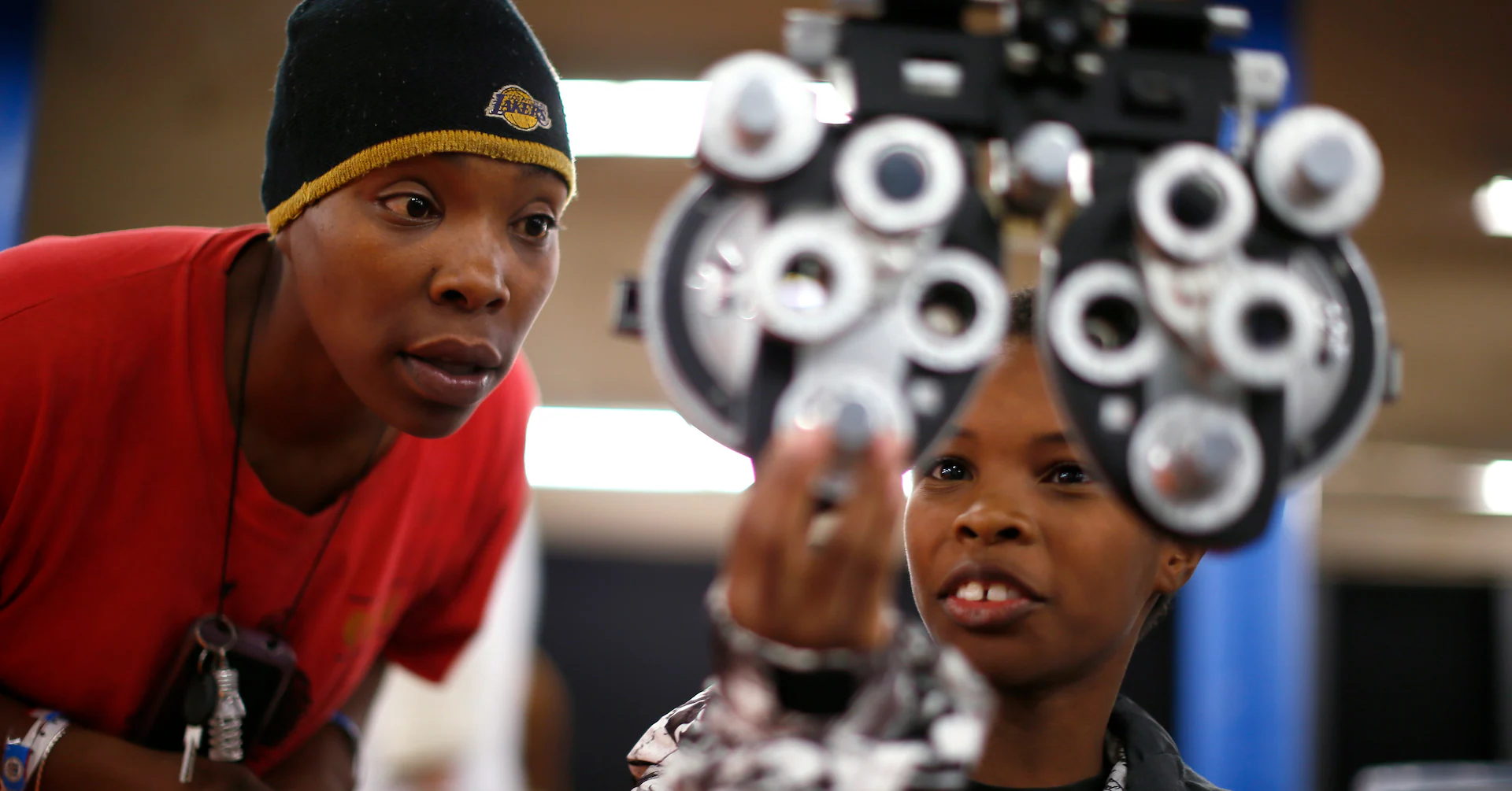
They reviewed data on photorefractive keratectomy (PRK) procedures performed on 65,211 eyes between 2010 and 2024, comparing outcomes in 17- and 18-year-olds with outcomes in those ages 19 to 40.
Sign up here.
Reoperations and complications such as hazy vision or weakening of the cornea were very rare in both groups.
Although reviews of previously collected data are less reliable than studies that collect data going forward, “this is by far the largest study of PRK in teenagers, and this large sample size means the findings are very reliable,” study leader Dr Avinoam Shye of Rambam Health Care Campus in Haifa, Israel said in a statement.
PRK involves using a laser to remove tissue from the cornea, reshaping it.
“Some doctors worry that the eyes of teenagers may still be changing or that their eyes might respond differently to healing after laser treatment, increasing the risk of side effects,” he said.
“The research suggests that for well-screened teenagers with stable myopia, PRK could be a safe and effective option.”
MODERN LENSES HELP AVOID GLASSES AFTER CATARACT SURGERY
So-called extended depth of focus intraocular lenses (EDF-IOLs) provide a continuous range of vision, allowing patients to see clearly at intermediate and far distances and reasonably well at near distances, the researchers said.
Presently, most patients undergoing cataract surgery must decide whether to replace the cloudy lens with an artificial one that allows them to see clearly at a distance, or close up, but not both. They wear glasses afterward to help them with the distance they did not choose.
Existing artificial lenses that provide good vision over all distances are known to cause optical side effects, especially at night, the researchers noted.
However, modern lenses use advanced optical tools, such as diffractive rings or small aperture designs, to increase the depth of field, allowing for a greater range of distances to remain in focus at the same time.
In an ongoing study in Europe and Asia, researchers have so far tracked 238 patients with cataracts who had Johnson & Johnson’s TECNIS PureSEE Intraocular Lenses implanted in both eyes.
Three months later, 96% reported needing glasses ‘none’ or ‘a little of the time’ for distance vision; 93% reported this for intermediate distances, and 62% for near distances.
Also, 96% were ‘mostly’ or ‘completely’ satisfied with their distance vision, 94% with intermediate, 73% with near, and 95% with overall vision; 96% would recommend the lens to their family and friends.
“EDF IOLs, such as the TECNIS PureSee, are a great alternative … for patients who wish to be less dependent on spectacles after lens surgery and do not want to take the risk of unwanted optical side effects,” study leader Professor Oliver Findl of Hanusch Hospital in Vienna said in a statement.
The “holy grail” of a lens that provides good vision over all distances “has been elusive,” Dr. Joaquín Fernández of Vithas Hospitals in Spain and ESCRS Secretary, said in a statement.
“These data from a ‘real world’ study are very encouraging and suggest that the available options are expanding,” said Fernandez, who was not involved in the study.
Other manufacturers of EDF IOLs include Alcon and Bausch and Lomb.
CANNABIS USE LINKED TO RISK FOR TYPE 2 DIABETES
Using electronic records from 54 health organizations in Europe and the U.S., researchers compared 86,414 patients with a cannabis-related diagnosis – ranging from occasional use to dependence – to the same number of closely matched nonusers of cannabis.
During five years of follow-up, a new diagnosis of type 2 diabetes was made in 2.2% of cannabis users and 0.6% of non-users.
After accounting for participants’ lifestyle and health factors, researchers found cannabis users had an almost four times higher risk of developing type 2 diabetes compared to non-users.
The study cannot prove that cannabis causes diabetes. And the researchers lacked details about individuals’ cannabis use, how they reported their use in medical records, and other factors that might have impacted the results.
Still, the findings “highlight the importance of integrating diabetes risk awareness into substance use disorder treatment and counseling, as well as the need… to routinely talk to patients about cannabis use so that they can understand their overall diabetes risk and potential need for metabolic monitoring,” study leader Dr. Ibrahim Kamel from Boston Medical Center said in a statement.
(To receive the full newsletter in your inbox for free sign up here)
Reporting by Nancy Lapid; Editing by Aurora Ellis
Our Standards: The Thomson Reuters Trust Principles., opens new tab
Nancy has been a health news reporter and editor at Reuters for more than a decade, covering important medical research advances. She is the author of our twice-a-week Reuters Health Rounds newsletter.



